International Cotton Bale Weights and Common Conversion Units Guide
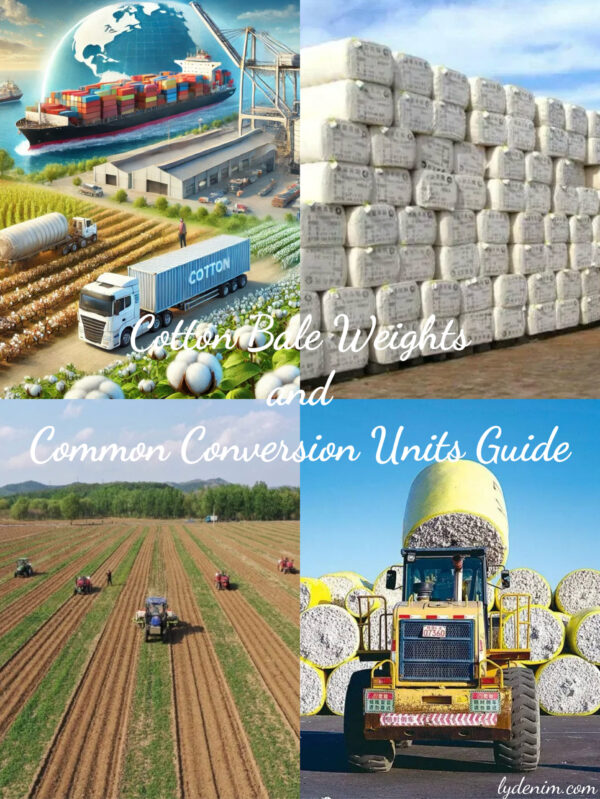
Estimated Reading Time: ~5 minutes
परिचय
Cotton, a cornerstone of the global agricultural and textile industries, relies on standardized packaging and measurement units for efficient trade. Bale weights vary significantly across countries, such as 218 kg in the USA and 327 kg in Egypt, directly influencing transaction accuracy and logistics. Additionally, weight and area conversion units are critical for standardizing data across borders, facilitating communication in international trade and agriculture. This guide provides a detailed overview of international cotton bale weights and common weight and area conversion units, offering a clear, practical resource for traders, farmers, and industry professionals.

Cotton trade
International Cotton Bale Weights
Cotton bale weights differ by country due to historical, agricultural, and market standards. The following table lists standard bale weights for major cotton-producing countries:
| Country | Weight per Bale (kg) | Weight per Bale (pounds) |
|---|---|---|
| Uganda | 182 | |
| South Africa | 200 | |
| India | 170 | |
| Pakistan | 170 | |
| Colombia | 233 | |
| Tanzania | 181 | 400 |
| Egypt | 327 | 720 |
| Mexico | 220 | |
| Nigeria | 185 | |
| ऑस्ट्रेलिया | 227 | |
| USA | 218 | 480 |
| Sudan | 191 | 420 |
टिप्पणी: Some countries provide weights in both kilograms and pounds, reflecting dual measurement standards in global trade. For example, a U.S. bale of 218 kg equates to approximately 480 pounds, aligning with domestic standards (USDA Cotton Standards).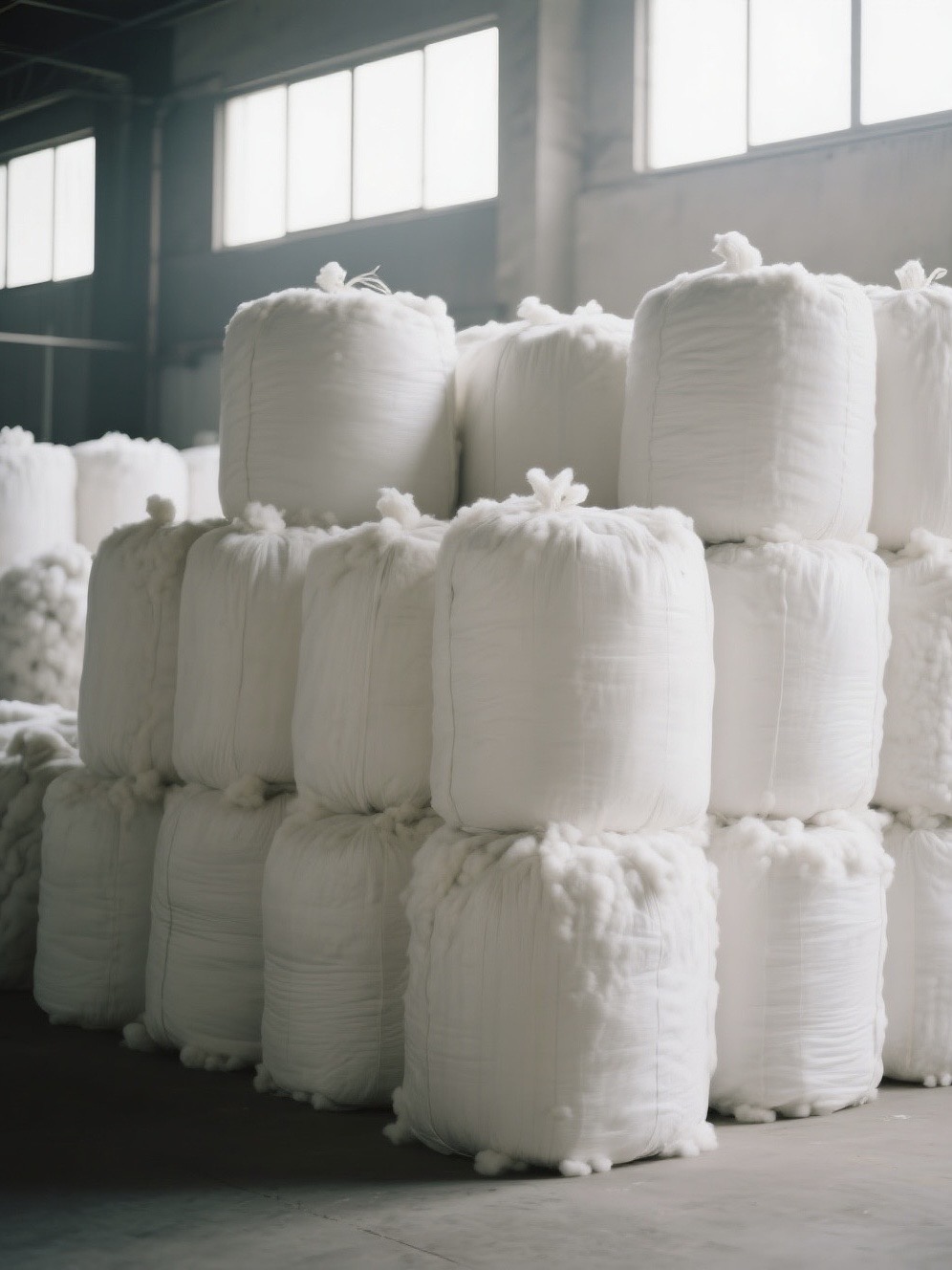
Common Weight Conversion Units
Weight conversion units are essential for ensuring consistency in international trade. Below are common weight units and their equivalents:
| Unit | Equivalent in kg | Notes |
|---|---|---|
| Metric ton (t) | 1000 kg | Standard metric unit |
| किलोग्राम (किग्रा) | 1 kg | Base unit |
| Pound (lb) | ≈ 0.453592 kg | 1 kg = 2.20462 lb |
| Dan | 50 kg | Chinese unit, often metric-based |
| Indian maund | ≈ 37.324 kg | Traditional Indian unit |
| Candy (India) | ≈ 355.62 kg | Traditional Indian unit for sugar, etc. |
| Centner | 100 kg | Used in countries like Germany |
| Quintal | 100 kg | Metric quintal, widely used |
| Arroba (Spain) | ≈ 11.5 kg | Traditional Spanish unit, varies |
| Arroba (Latin America) | 15 kg | Used in some Latin American countries for certain goods |
| Picul | Varies, often 60 kg | Traditional East Asian unit, varies |
| Spanish quintal | ≈ 46 kg | Traditional in Spain |
टिप्पणी: The arroba varies by region; in Spain, it is approximately 11.5 kg, while in some Latin American countries, it may be defined as 15 kg for specific commodities (FAO Agricultural Standards). The quintal is typically 100 kg in metric systems, though regional variations (e.g., 50 kg in some contexts) require clarification.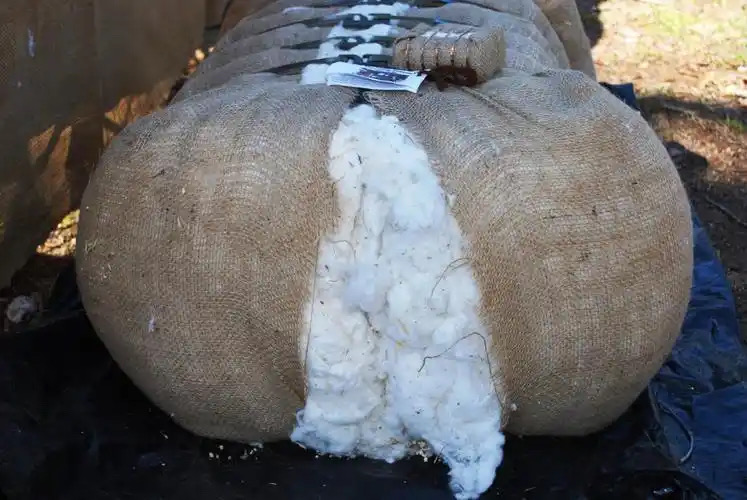
Common Area Conversion Units
Area conversions are critical for agricultural planning and cotton production. The following table lists common area units and their equivalents:
| Unit | Equivalent in m² | Other Equivalents |
|---|---|---|
| Hectare (ha) | 10,000 m² | = 2.471 acres = 15 mu |
| Acre | ≈ 4046.86 m² | = 0.4047 ha = 6.07 mu |
| Mu (Chinese) | ≈ 666.67 m² | = 0.1647 acres = 0.0667 ha |
| Feddan (Egypt) | ≈ 4200.84 m² | ≈ 1.038 acres |
| Square meter (m²) | 1 m² | = 1.19603 yd² |
| Square yard (yd²) | ≈ 0.836127 m² | 1 m² = 1.196 yd² |
टिप्पणी: The Chinese mu (666.67 m²) and Egyptian feddan (≈4200.84 m²) are region-specific units, widely used in local agricultural contexts. Hectares and acres are global standards (UN Land Measurement Guidelines).
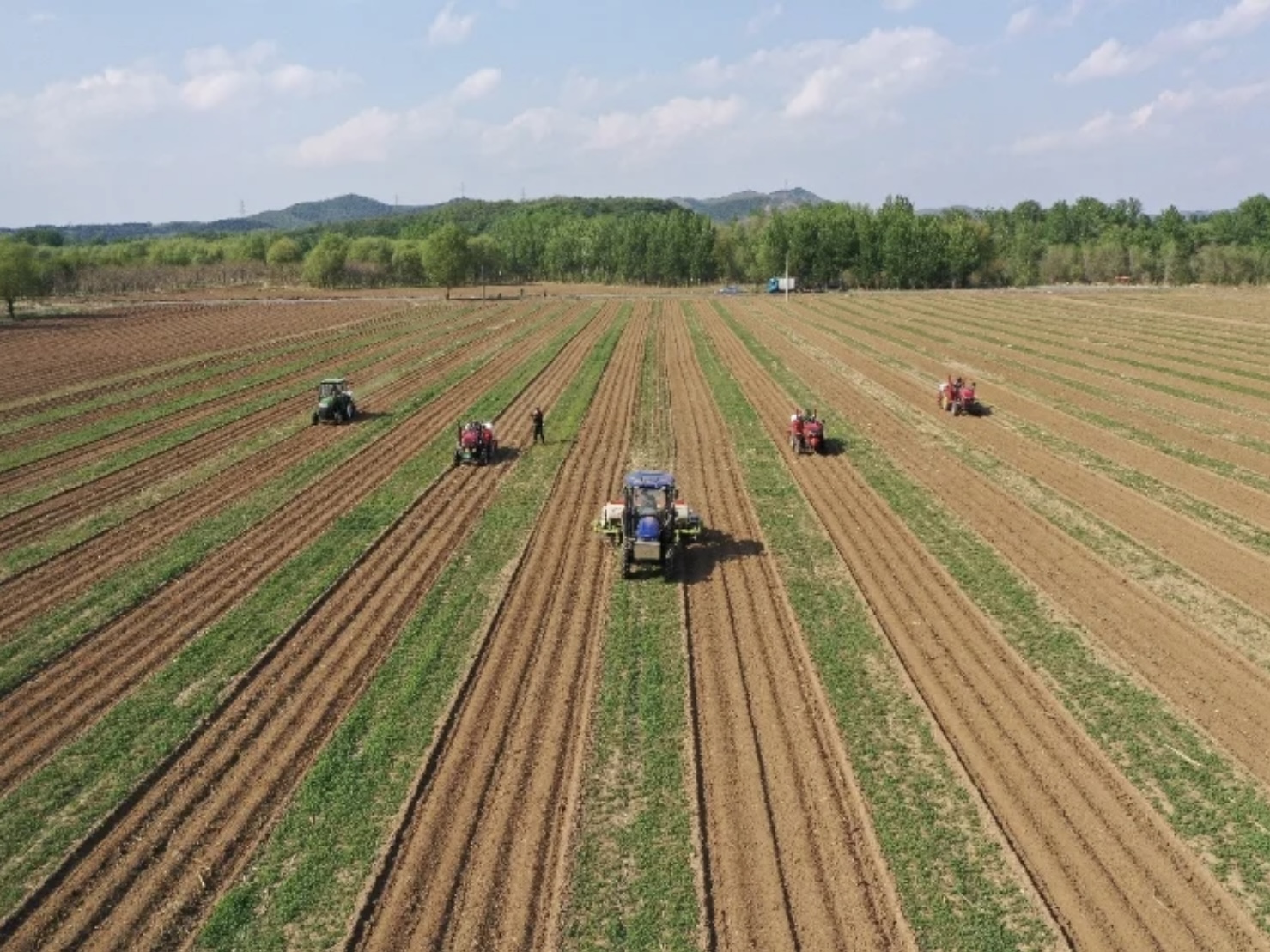
Cotton field
व्यावहारिक अनुप्रयोगों
- Cotton Trade: Knowing bale weights, such as Egypt’s 327 kg versus India’s 170 kg, aids in calculating procurement costs and logistics needs.

Cotton is in the warehouse
- Weight Conversions: Converting units like metric tons to pounds ensures data consistency. For instance, 1 metric ton equals approximately 4.6 U.S. bales (218 kg each).
- Area Conversions: Converting hectares to mu (1 ha = 15 mu) supports yield assessments in regions like China, aligning local and international standards.
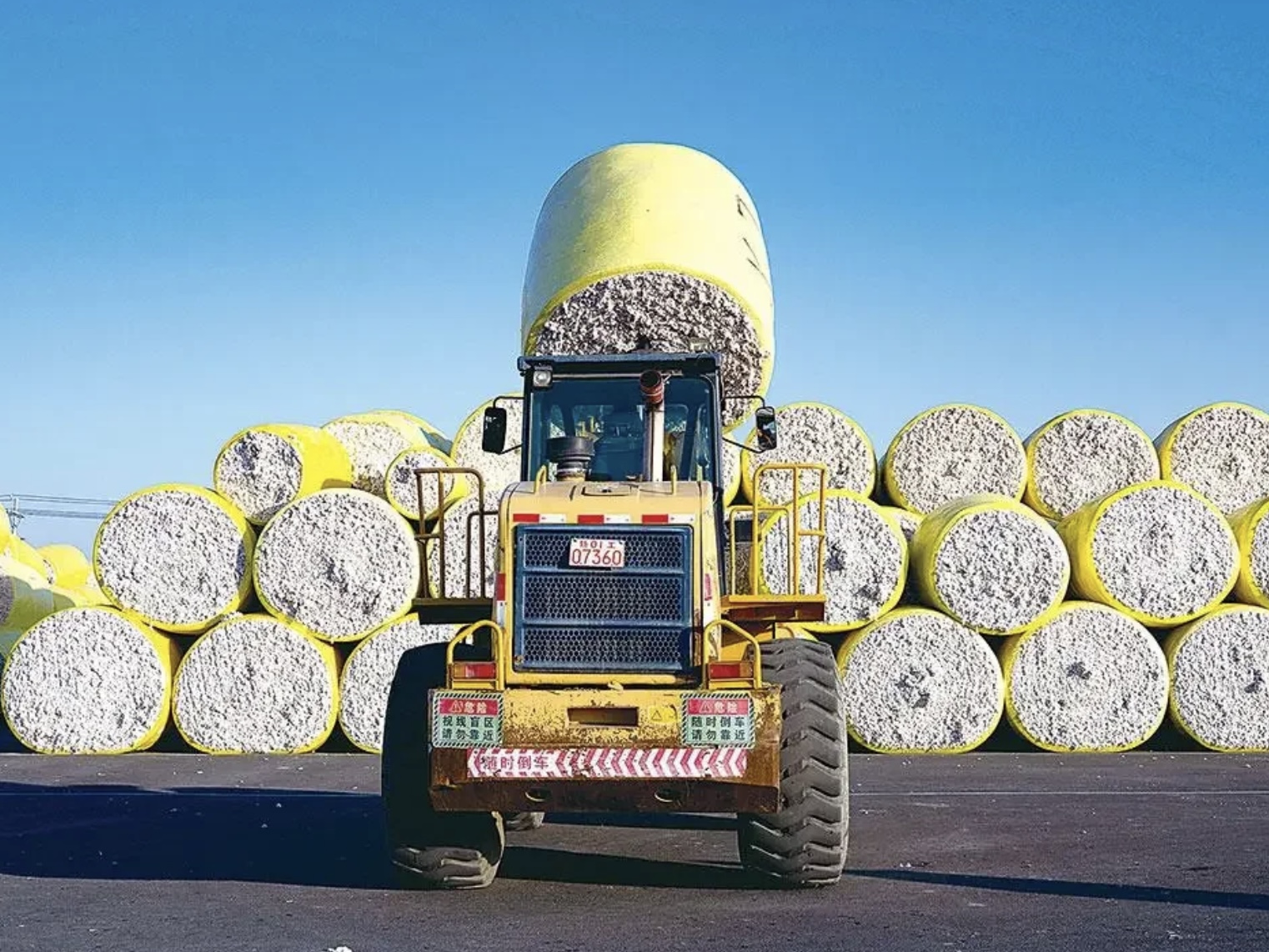
Cotton transportation
Considerations
- Regional Variations: Units like the arroba may differ by country or commodity, requiring context-specific verification.
- Precision: Use precise values (e.g., 1 kg = 2.20462 lb) to avoid errors in trade calculations.
- Standards Updates: Bale weights may evolve, so consult current standards from organizations like FAO.
निष्कर्ष
International cotton bale weights and conversion units are foundational for efficient global trade and agricultural planning. By understanding bale weights (e.g., 218 kg in the USA, 327 kg in Egypt) and mastering weight and area conversions (e.g., metric ton, hectare), stakeholders can enhance transaction accuracy and communication. This guide provides clear tables and explanations to support traders and farmers in navigating these standards effectively.If you want to know more about textile conversion units, you can also click here to learn more.
